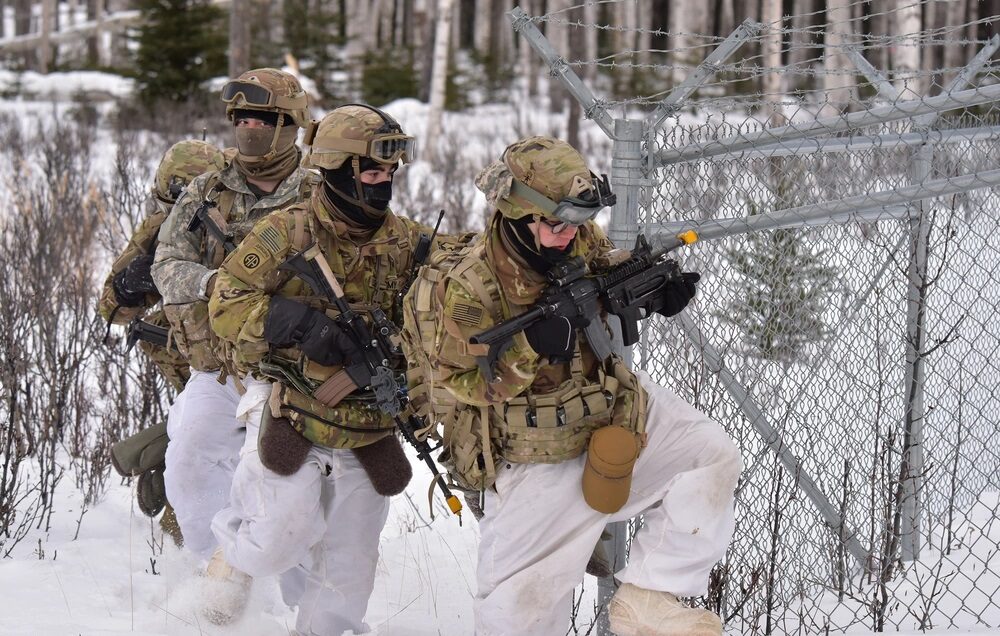In the wake of growing cooperation between China and Russia, the US Department of Defense (DoD) released its updated Arctic strategy with focus on the deployment of new technologies.
The 18-page document highlights the shifting operational environment in the region, which could have detrimental implications for US defense and security.
To address that, the Pentagon said it will adopt a “monitor-and-respond” approach in the vital territory with the help of modern surveillance and communications systems.
It will also deploy long-range early warning systems and tracking sensors to enhance the domain awareness of the North American Aerospace Defense Command.
Furthermore, the DoD highlighted the need to engage with allies “to uphold defense and deterrence in the Arctic, build interoperability, and increase its understanding of how to operate in the region.”
“The Arctic region of the US is critical to the defense of our homeland,” Deputy Secretary of Defense Kathleen Hicks said. “Our Arctic strategy will guide the department’s efforts to ensure that the Arctic remains a secure and stable region.”
Concerning China-Russia Cooperation
The Pentagon has already expressed concerns about Russia’s increasing presence in the Arctic region.
The largest of all Arctic nations, Russia gradually reopened its Soviet-era military installations in the region, providing it with more Arctic military bases than the whole of NATO.
“Russia continues to pose an acute threat to security and stability in the region,” Hicks stressed, adding that Moscow continues to “assert excessive claims over Arctic waters.”
China, meanwhile, has significantly increased its presence in the Arctic as it now operates three icebreakers and established a military presence there.
“While not an Arctic state, [Beijing] seeks greater influence in the region… That’s concerning given that it’s the only strategic competitor with the will and increasingly the wherewithal to remake the international order,” Hicks claimed.
Last year, Chinese and Russian vessels were detected conducting joint patrols off the coast of Alaska.



